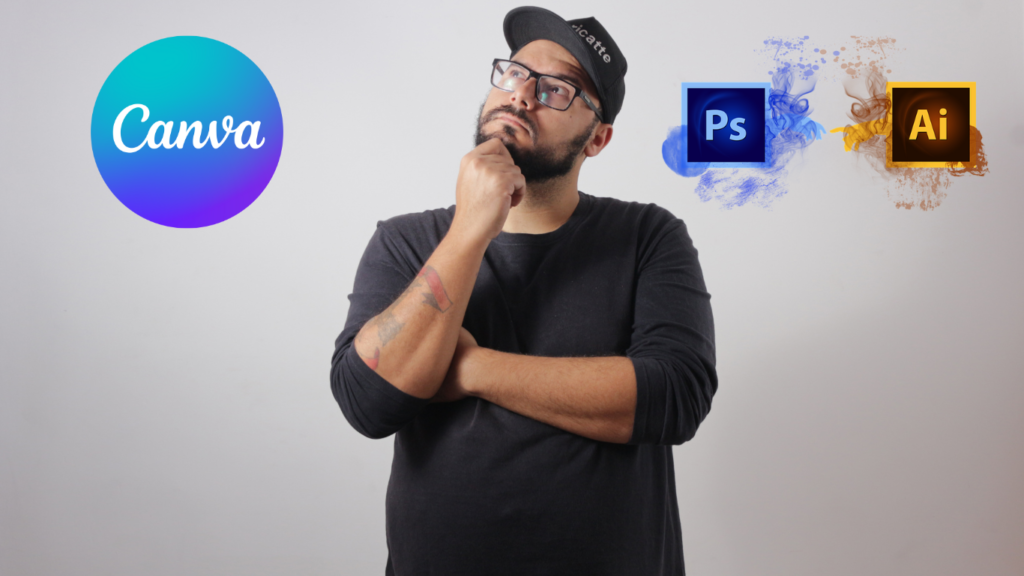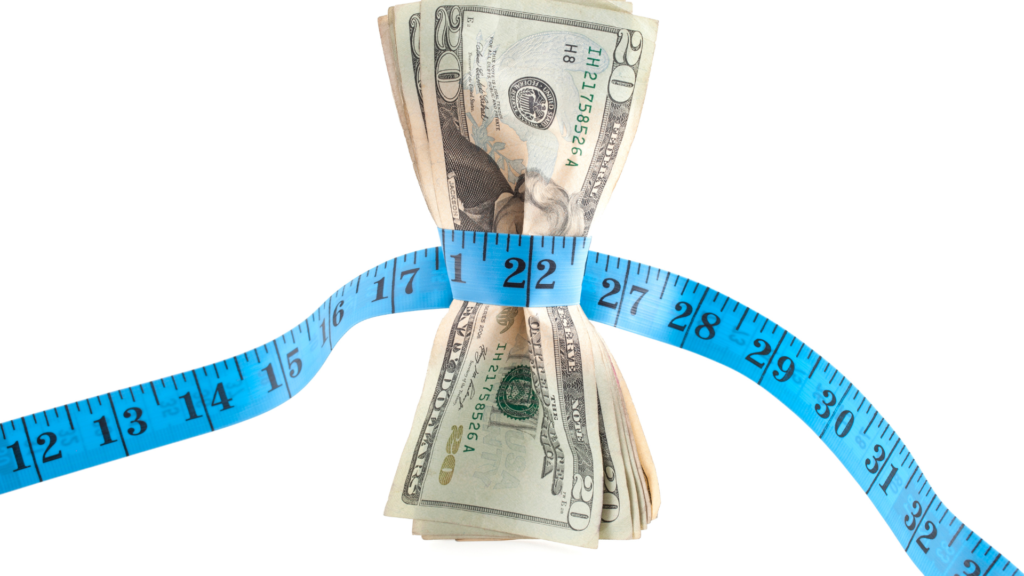Do ‘Real’ Designers Use Canva?
First of all, I am not a “real” designer. Now, that’s out of the way. Let’s dive into the (tiring) never-ending debate in tech and design circles about whether or not designing in Canva should be considered “real” graphic design. Recently, I’ve seen a number of experienced designers give the platform some bad rap, often claiming that you can’t truly call yourself a serious designer if you’re using Canva. In case you’re wondering what Canva is, in short, it’s graphic design for dummies. OK, that might not sound kind (even though there is a book with the title now), but I hope you get the drift. Canva is a free-to-use online tool designed to help users create social media posts, presentations, posters, videos, logos, and more. With its user-friendly interface, pre-made templates, and drag-and-drop functionality, Canva has earned its spot as a go-to platform for many beginners and non-designers wanting to tackle some graphic design project. Think flyers for a cake sale, community event or banners for social media pages. Canva’s versatility, simplicity, and accessibility have allowed it to gain popularity, especially with the explosion of social media content creation over the past decade. With nearly 200 million users now and a $2 billion revenue realisation in 2023, Canva has not just proved to be useful, but also profitable as many more users (including me) are willing to pay to access their premium features. Personally, I discovered Canva in 2015 and haven’t looked back since. It’s one tool, apart from my domain and web hosting, I have (almost) religiously paid for since 2020. At the time when I started using it some 9 years ago, I even created a short video tutorial on my (old) YouTube channel. I said “Old” OK? So as you watch it, just remember that Canva has evolved so much since – and so have I. I love it for both us. And who knows, I might just make a return to YouTube. Anyway, prior to using Canva, I remember trying to learn Photoshop and it just wasn’t my ministry and calling. I also tried to use another free open source Photoshop alternative called Gimp and it used to give me constant headaches as I would end up spending more time figuring out the tool because it was so complicated and not necessarily designing anything. Why Has Canva Gained Such Popularity? I think my simple answer to this would be: It really is that easy to use! It has empowered many creatives from small business owners to social media managers to bloggers like me. Many people can now achieve professional-looking results without needing a course in design or needing to master any complex software. Canva has democratised design, allowing anyone with an internet connection to put together simple, polished visuals in minutes. From beautifully designed Instagram posts to compelling presentations, the platform offers an impressive range of templates, design elements and stock assets to choose from. People are even designing e-books using Canva and some are making good money from selling these digital products. If you see me selling an e-book here (yes, it’s coming), don’t even bother asking, I would have designed it in Canva. For the average user (I think I fall in this category), Canva is revolutionary. For me it has simplified the design process and given me the confidence to experiment with some of my creative ideas. And in an age where content creation and branding are essential for personal and business success, Canva fills a major need. It saves time, eliminates the learning curve associated with traditional graphic design tools, and, most importantly, when done right, it offers high-quality results. Earlier this year I wanted to see how some t-shirt design I had done would come out and guess where I went? It’s as if I can just imagine something now and Canva will do it. But here’s where the debate really heats up: Can a designer truly call themselves a “professional” if they’re using Canva? Or is the platform a shortcut to a more legitimate, well-rounded skill set? The Divide: Canva vs. Photoshop and The Others When we talk about traditional graphic design tools like Photoshop, Illustrator, and InDesign, the contrast couldn’t be clearer. These programs are designed for professional, high-level design work, and they come with steep learning curves that can take years to master. They’re equipped with a wide range of advanced features that allow designers to craft highly customised designs which include photo manipulation, vector illustrations, and fully custom typography. These tools are designed for people who know exactly what they’re doing, and the results reflect the expertise and time invested in creating them. I have so much respect for graphic designers out there who have mastered any of these tools especially because I have been there, I have tried learning them and the only thing I came out with was an incredibly dizzy head. So, where does that leave Canva? Canva, by its very nature, is a simplified version of design. By doing away with much of the complexity and giving users pre-built templates and easy-to-use features, it has eliminated the need for the detailed customisation that traditional design software requires. For example, you won’t find the same degree of control over colours, typography, or image manipulation in Canva that you can achieve in Photoshop. Canva is built for speed, convenience, and efficiency – not for crafting complex, bespoke visual masterpieces. So does that mean that designers who use Canva aren’t “real” designers? Absolutely not. The Case for Canva in the age of Modern Design While it’s true that Canva lacks the flexibility and depth of traditional tools, it’s important to recognise that the world of design has changed. With the rise of social media and digital content marketing, speed and convenience have become just as important as high-level technical skills. When I think about the time I used to spend just trying to figure out Photoshop or Gimp back when I was starting out
Do ‘Real’ Designers Use Canva? Read More »









